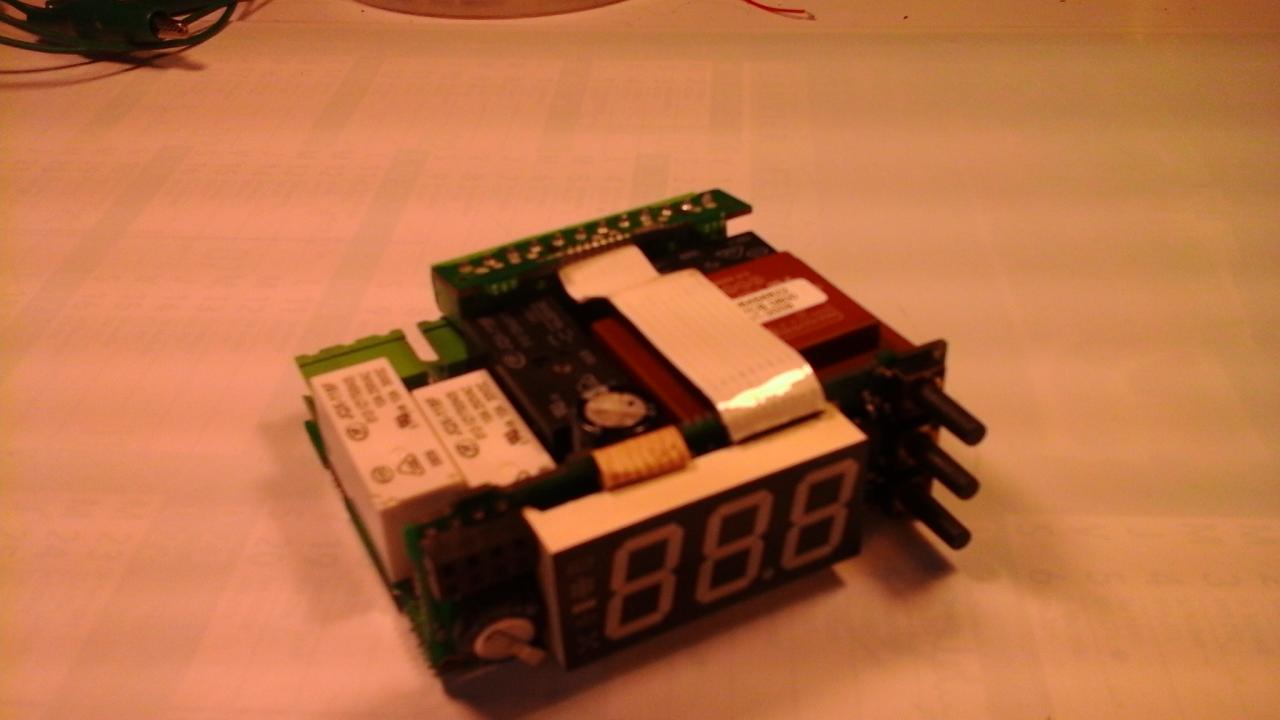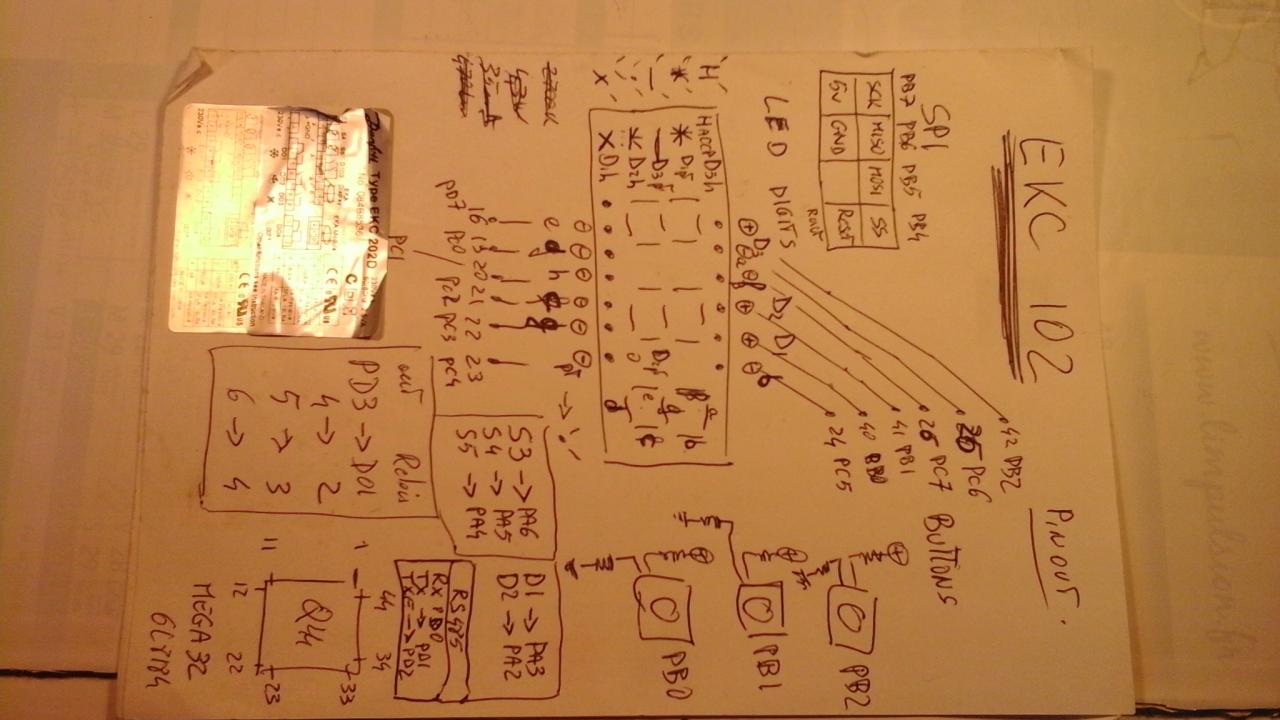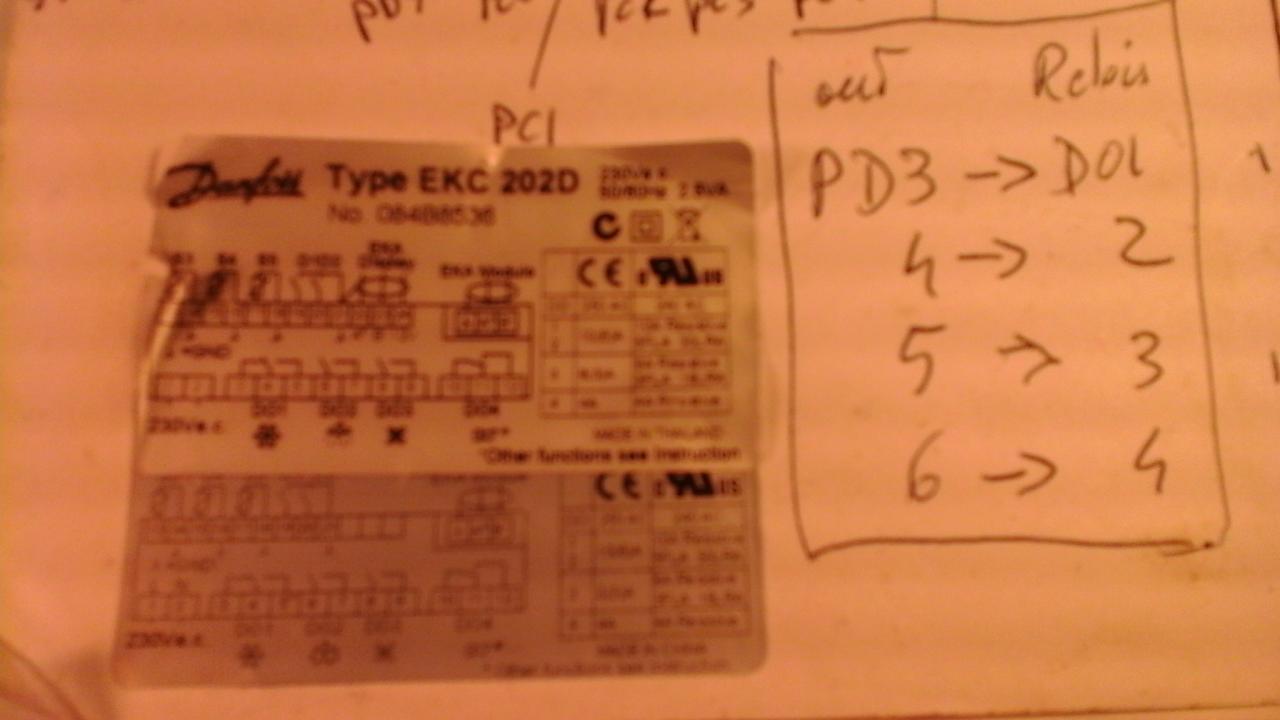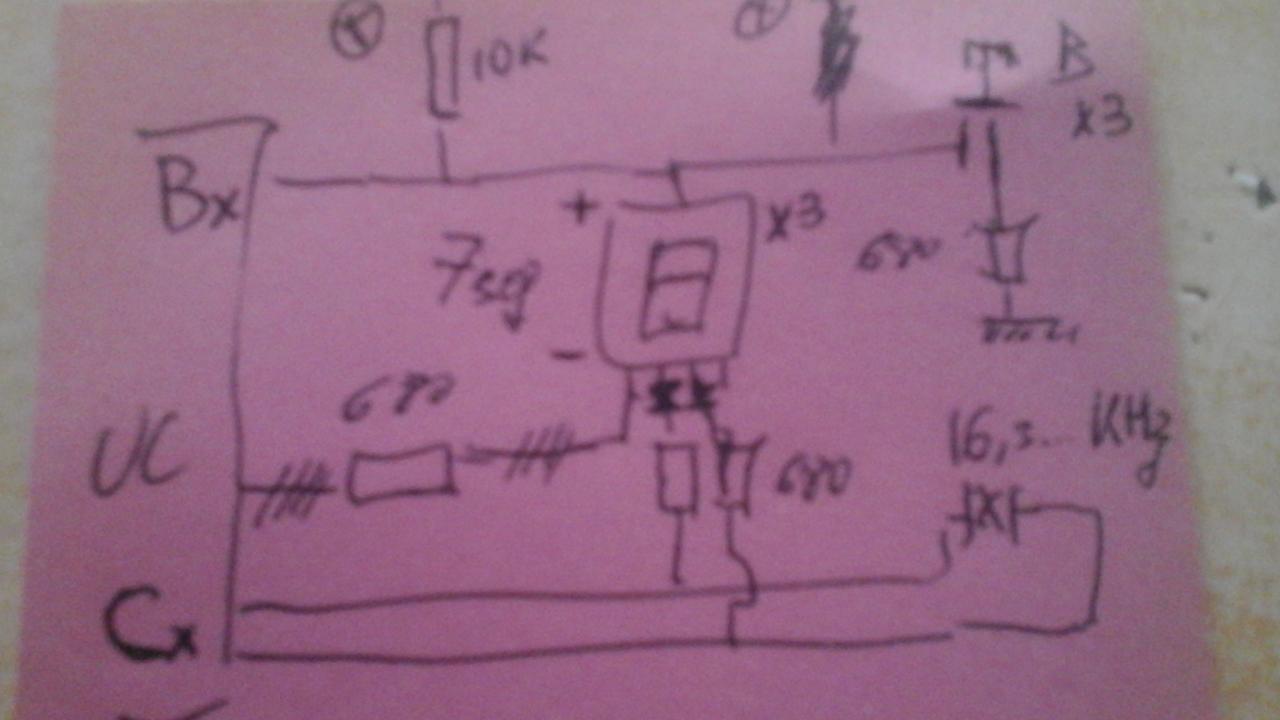bonjour
il y a quelque mois j'ai recuperer dans du D3E d'un figorifiste des module danfoss EKC 102 / EKC 202
apres demontage et analyse , il s'avere qu'ils contiennent un atmega32 et un connecteur spi ( sck / mosi /miso /ss /reset / vcc / gnd ) facielement accessible
le port en haut a gauche :
sck / miso / mosi / ss
5V / GND / / reset
on peut y voir aussi 4 relais et l'alim secteur integree 12V
a suivre...
-----








